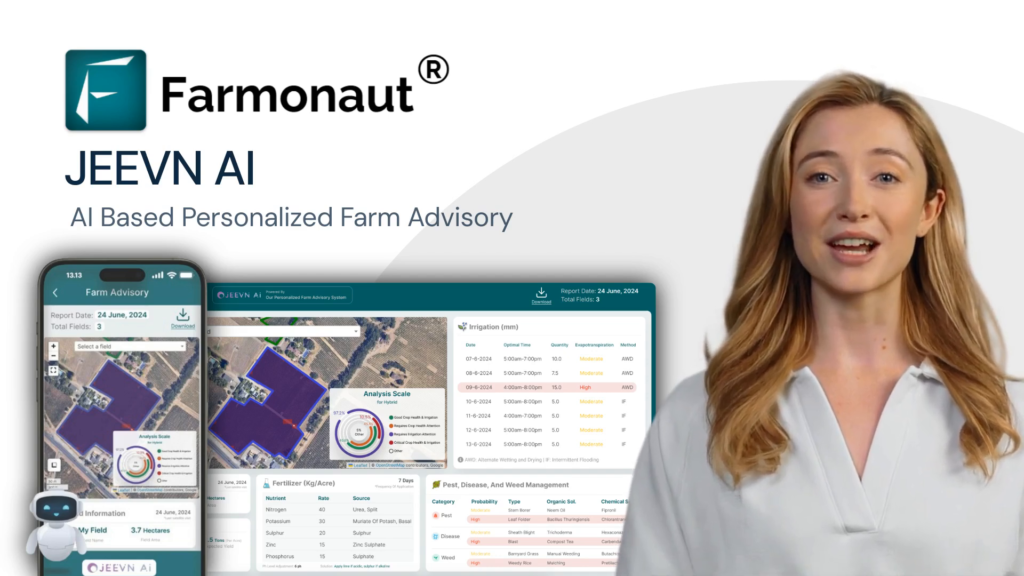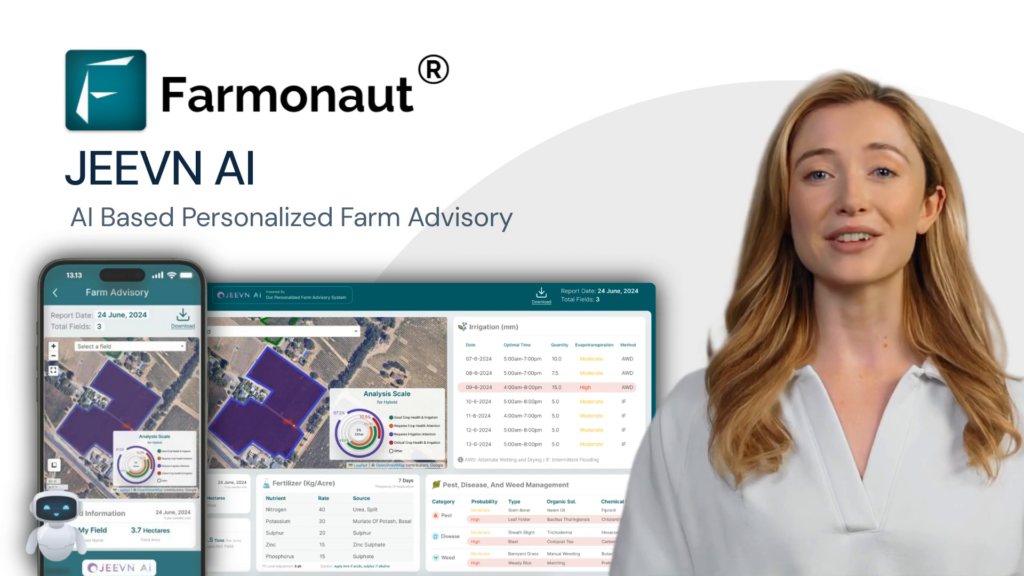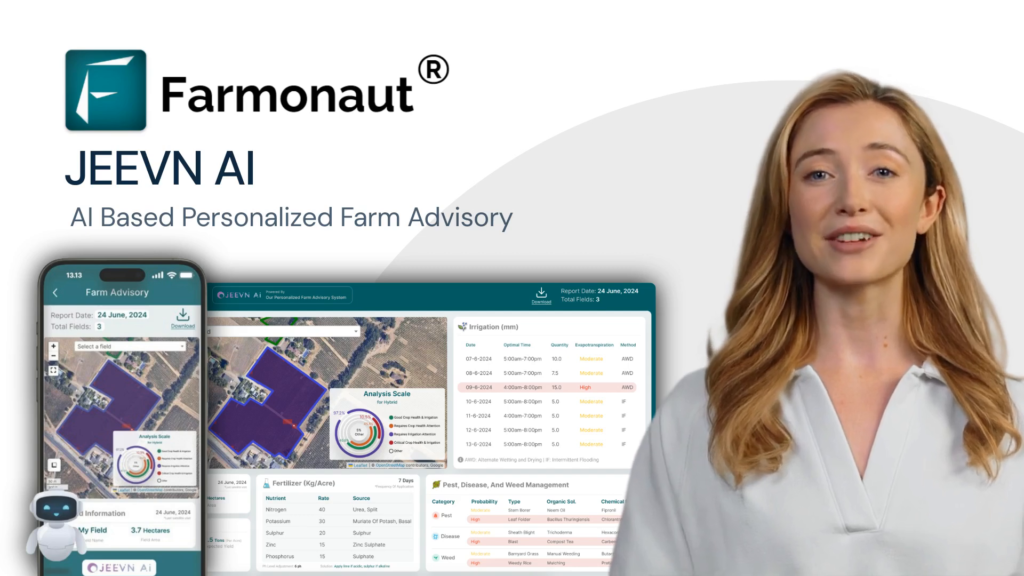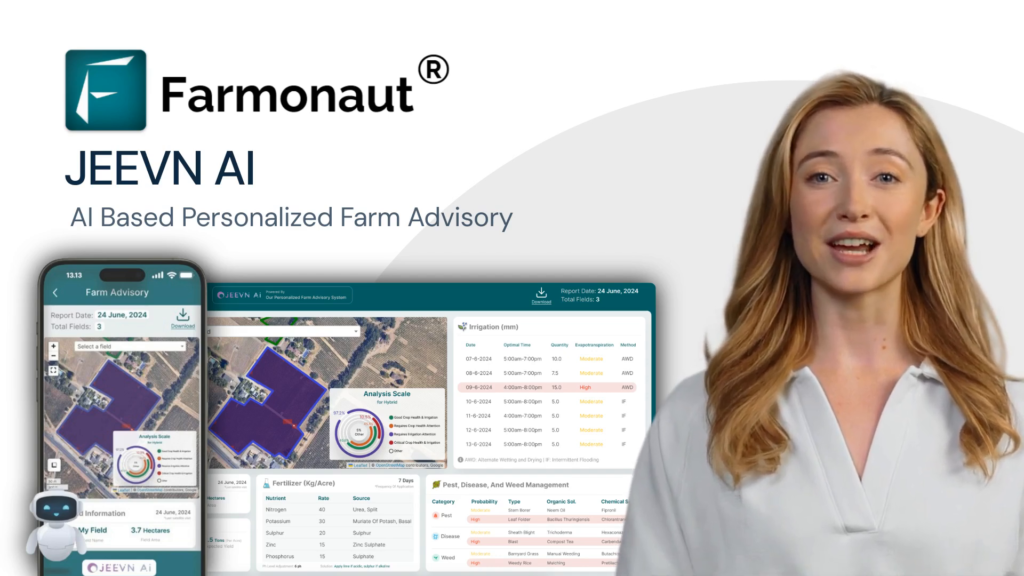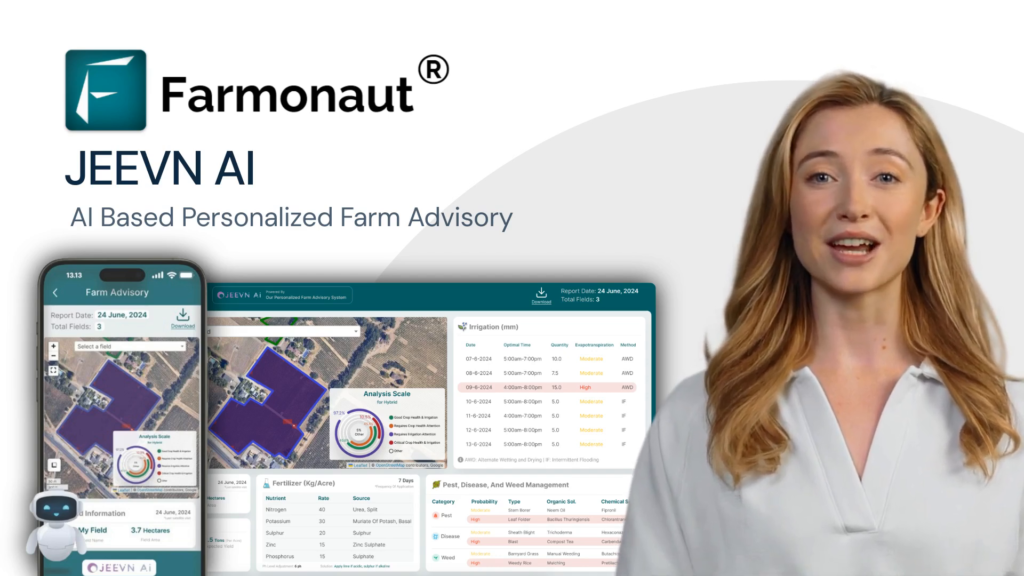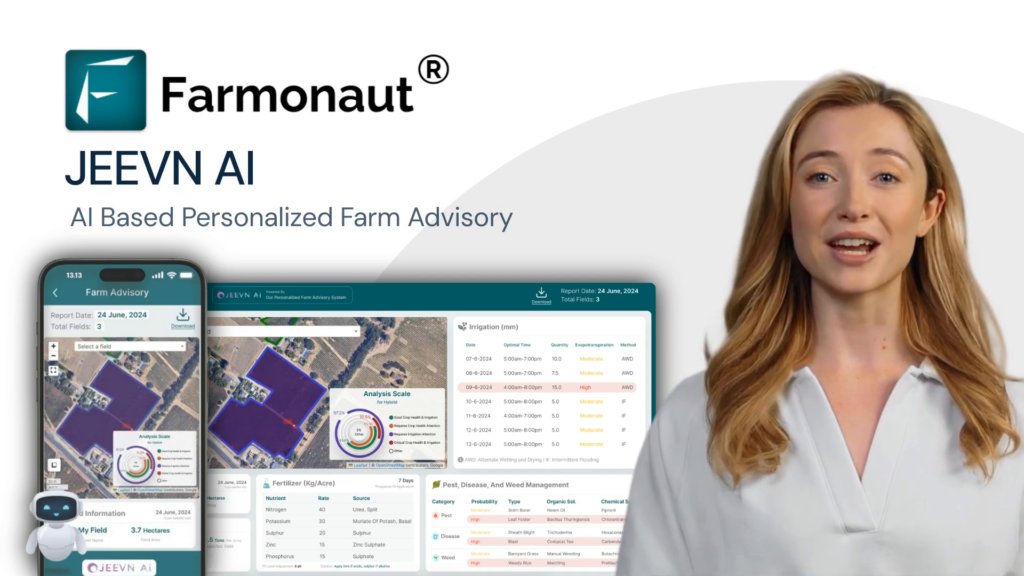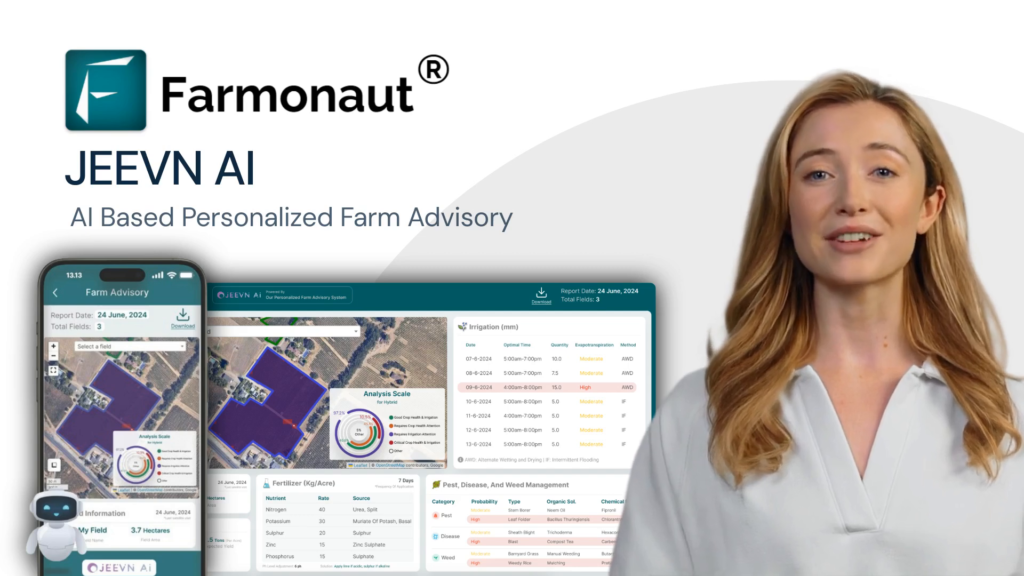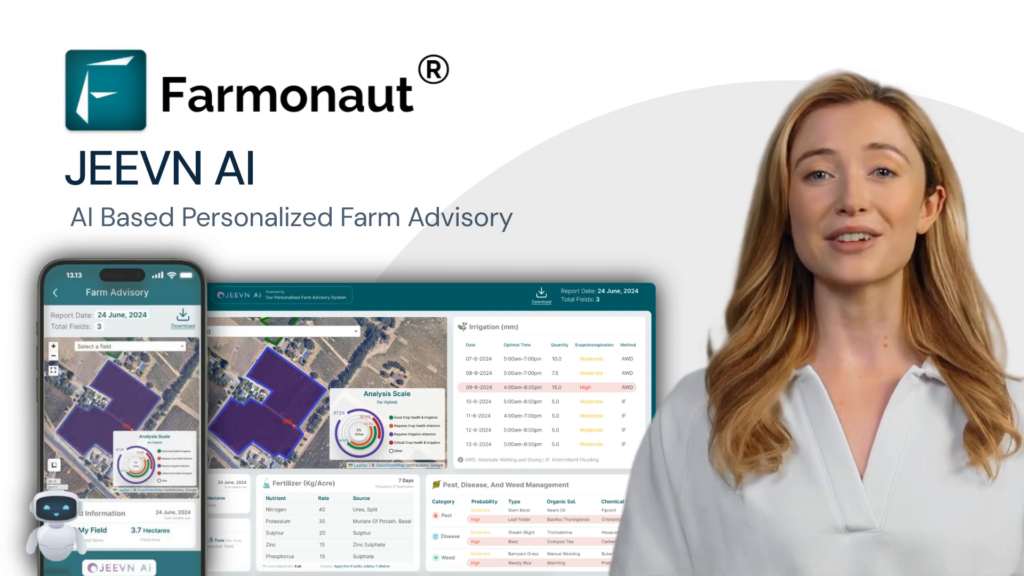Reviving California’s Maritime Industry: San Francisco Bay and Central Valley Ports Lead US Shipbuilding Renaissance
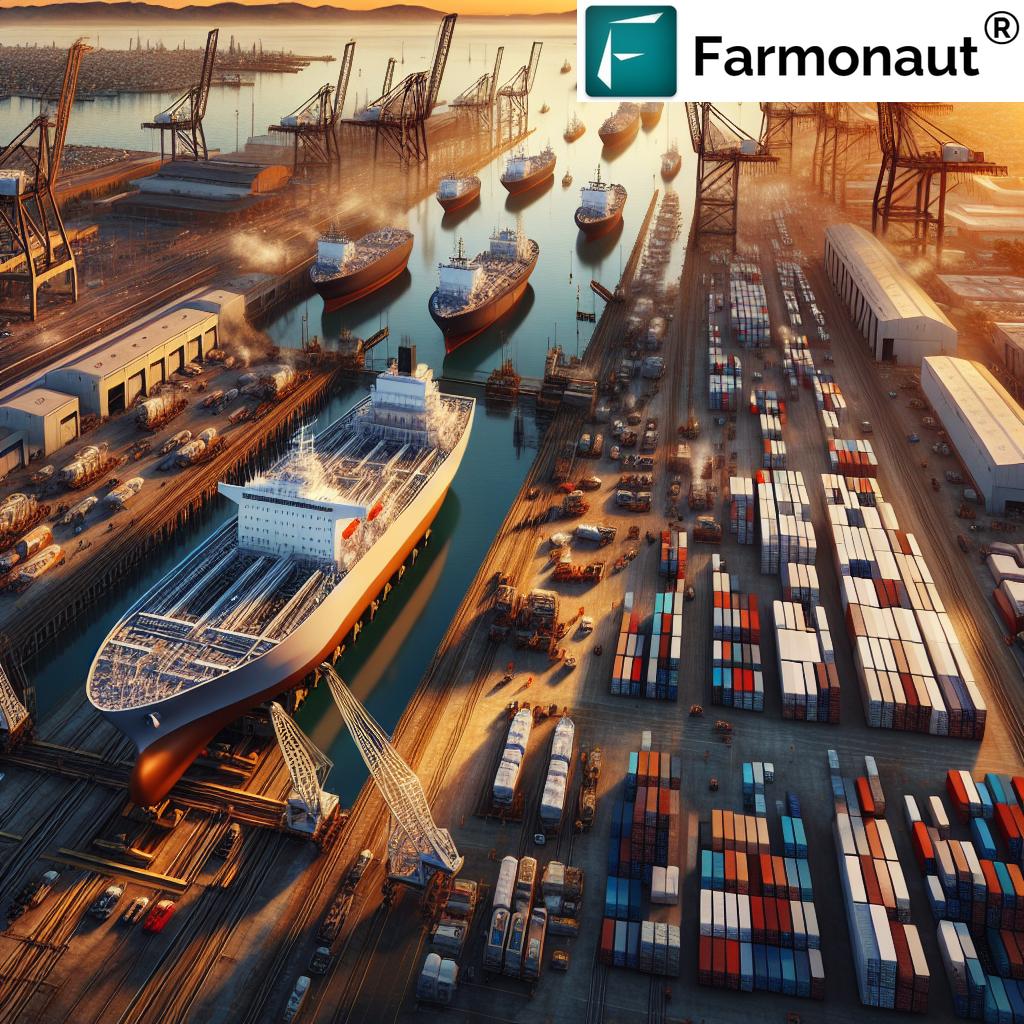
“California’s port development initiative aims to create over 10,000 new maritime industry jobs by 2030.”
As we delve into the exciting developments reshaping California’s maritime landscape, it’s crucial to understand the broader context of the US shipbuilding revival and its potential impact on our state’s economy. In this comprehensive analysis, we’ll explore how San Francisco Bay shipyards and Central Valley port facilities are poised to lead a renaissance in American shipbuilding, creating new maritime industry jobs and bolstering our nation’s naval capabilities.
The Dawn of a New Era in California’s Maritime Industry
The United States is on the cusp of a major shift in its maritime strategy, with plans to revitalize its shipbuilding sector taking center stage. At the heart of this initiative lies California, with its strategic location and rich maritime history. The San Francisco Bay and Central Valley regions are emerging as key players in this resurgence, offering a combination of existing infrastructure, skilled workforce, and expansive waterfront properties ripe for development.
As we navigate through this exciting period, it’s worth noting how technological advancements are reshaping various industries, including agriculture. For instance, Farmonaut’s crop loan and insurance solutions leverage satellite technology to provide verifiable data for financial institutions, streamlining processes in the agricultural sector. This innovative approach mirrors the forward-thinking strategies we’re seeing in maritime development.
San Francisco Bay: A Hub of Maritime Innovation
The San Francisco Bay area has long been a cornerstone of California’s maritime industry. With its deep waters and strategic position, the bay is ideally suited for large-scale shipbuilding operations. Key locations within the bay are now being eyed for redevelopment:
- Mare Island, Vallejo: Once home to a bustling naval shipyard, Mare Island is poised for a comeback. The Mare Island Dry Dock, established in 2013, already showcases the potential for revival, accommodating vessels over 700 feet in length.
- Port of San Francisco: With its rich history and prime location, the Port of San Francisco is exploring opportunities to incorporate shipbuilding facilities alongside its existing operations.
- Oakland Estuary: The Oakland waterfront, with its industrial heritage, presents another promising location for shipyard development.
These developments in the bay area remind us of the importance of efficient resource management in large-scale operations. Similarly, in the agricultural sector, Farmonaut’s fleet management solutions offer tools to optimize logistics and machinery usage, showcasing how technology can enhance efficiency across different industries.
Central Valley: The Inland Maritime Frontier
While the San Francisco Bay offers immediate access to the Pacific, the Central Valley‘s inland ports are equally crucial to California’s maritime renaissance. The Port of Stockton, in particular, stands out as a prime candidate for expansion:
- Extensive Infrastructure: With 4,000 acres of maritime facilities, 12,000 linear feet of dock space, and 7 million square feet of covered storage, Stockton’s port is well-equipped to support large-scale shipbuilding operations.
- Multi-Modal Connectivity: 75 miles of rail track and easy access to major highways make Stockton an ideal logistics hub for shipbuilding materials and completed vessels.
- Room for Growth: The port’s west complex, particularly Rough & Ready Island, offers ample space for new shipbuilding facilities.
The potential for inland ports to contribute to maritime industry growth is significant. This multi-faceted approach to industry development resonates with modern agricultural practices. For instance, Farmonaut’s large-scale farm management solutions demonstrate how comprehensive digital tools can optimize operations across vast areas, much like how integrated port facilities can streamline shipbuilding processes.
Economic Impact and Job Creation
The revival of California’s shipbuilding industry promises to be a significant economic driver, potentially creating thousands of high-skilled jobs across various sectors:
- Direct Shipbuilding Jobs: From welders and electricians to engineers and project managers, the industry will require a diverse workforce.
- Supply Chain Employment: Supporting industries such as steel manufacturing, electronics, and logistics will see increased demand.
- Maritime Services: Growth in ship repair organizations and maintenance facilities will create additional employment opportunities.
- Research and Development: Investment in naval technology and green shipping solutions will spur innovation and create high-tech jobs.
This potential for job creation and economic growth in the maritime sector parallels the opportunities that technology brings to other industries. For example, Farmonaut’s carbon footprinting tools enable businesses to monitor and reduce their environmental impact, creating new roles in sustainability and compliance – a trend we’re likely to see in the evolving shipbuilding industry as well.
Challenges and Controversies
While the prospects for California’s maritime industry are promising, several challenges and controversies need to be addressed:
- Environmental Concerns: Expanding shipbuilding operations may raise questions about environmental impact, particularly in sensitive bay ecosystems.
- Funding and Investment: Significant capital is required to modernize existing facilities and build new ones.
- Workforce Development: Training programs will be crucial to ensure a skilled labor force is available to meet industry demands.
- International Trade Dynamics: Proposed fees on foreign vessels could impact international trade relationships and potentially increase costs for consumers.
Addressing these challenges will require innovative solutions and collaborative efforts. In the agricultural sector, we’ve seen how technology can help overcome similar hurdles. For instance, Farmonaut’s traceability solutions use blockchain technology to enhance supply chain transparency, a concept that could be applied to shipbuilding to ensure sustainable and ethical practices.
“The proposed foreign vessel fees could impact up to 80% of cargo ships entering US West Coast ports.”
Government Initiatives and Industry Support
The push for a US shipbuilding revival is gaining momentum at both federal and state levels:
- Federal Support: The Biden administration has signaled strong support for revitalizing American shipbuilding, with potential tax incentives and funding on the horizon.
- State-Level Initiatives: California’s government is actively promoting the state as a prime location for shipbuilding, offering various incentives and streamlined permitting processes.
- Industry Partnerships: Collaborations between shipbuilders, technology companies, and educational institutions are forming to drive innovation and workforce development.
These government and industry initiatives demonstrate the importance of leveraging technology and data in modern industry development. Similarly, in agriculture, tools like Farmonaut’s crop plantation and forest advisory services use satellite data and AI to provide valuable insights, showcasing how advanced technologies can transform traditional industries.
West Coast Port Expansion and Naval Capabilities
The revival of California’s shipbuilding industry is closely tied to broader plans for West Coast port expansion and the enhancement of US naval capabilities:
- Modernization of Existing Ports: Ports along the California coast are undergoing significant upgrades to accommodate larger vessels and increase cargo handling capacity.
- New Port Developments: Proposals for new deep-water ports, particularly in Northern California, are being considered to support both commercial and naval operations.
- Naval Fleet Expansion: The US Navy’s plans to increase its fleet size create additional demand for shipbuilding capabilities on the West Coast.
- Green Shipping Initiatives: California’s ports are at the forefront of adopting environmentally friendly technologies, aligning with global trends in sustainable shipping.
This focus on modernization and sustainability in the maritime sector echoes trends we see in other industries. For instance, the agricultural sector is increasingly adopting precision farming techniques to enhance efficiency and reduce environmental impact. Farmonaut’s satellite-based crop monitoring services exemplify this trend, offering farmers data-driven insights to optimize their operations.
California’s Competitive Edge in Shipbuilding
Several factors give California a competitive advantage in the race to revitalize America’s shipbuilding industry:
- Strategic Location: California’s Pacific Coast position provides easy access to Asian markets and key naval operation areas.
- Skilled Workforce: The state’s diverse economy and strong educational institutions ensure a ready supply of skilled labor.
- Technological Innovation: California’s tech hubs can contribute cutting-edge technologies to modernize shipbuilding processes.
- Existing Infrastructure: The presence of former naval shipyards and active ports provides a foundation for rapid industry growth.
- Environmental Leadership: California’s commitment to green technologies aligns with the growing demand for eco-friendly vessels.
This combination of factors positions California as a leader in the new era of American shipbuilding, much like how the state leads in agricultural innovation. The integration of advanced technologies, such as those offered by Farmonaut in the agricultural sector, could play a crucial role in enhancing California’s shipbuilding capabilities.
The Role of Technology in Modern Shipbuilding
As we look to the future of shipbuilding in California, it’s clear that technology will play a pivotal role in shaping the industry:
- 3D Printing and Advanced Manufacturing: These technologies can revolutionize the production of ship components, reducing costs and improving efficiency.
- AI and Machine Learning: Artificial intelligence can optimize design processes and enhance quality control in shipbuilding.
- Virtual and Augmented Reality: These tools can improve training programs and assist in complex assembly processes.
- Robotics and Automation: Automated systems can enhance precision and safety in shipyard operations.
The integration of these technologies in shipbuilding mirrors the technological revolution we’re seeing in agriculture. For example, Farmonaut’s use of satellite imagery and AI for crop monitoring demonstrates how advanced technologies can transform traditional industries, improving efficiency and sustainability.
Environmental Considerations in Maritime Development
As California leads the charge in reviving the US shipbuilding industry, environmental sustainability remains a top priority:
- Green Shipbuilding Practices: Implementing eco-friendly materials and processes to reduce the environmental impact of shipbuilding.
- Clean Energy Vessels: Focusing on the development of ships powered by alternative fuels like hydrogen and electricity.
- Coastal Ecosystem Protection: Ensuring that port expansions and shipyard developments minimize harm to local ecosystems.
- Waste Reduction and Recycling: Adopting circular economy principles in shipbuilding to minimize waste and maximize resource efficiency.
These environmental considerations in maritime development reflect broader trends towards sustainability across industries. In agriculture, for instance, Farmonaut’s solutions help farmers optimize resource use and reduce environmental impact, demonstrating how technology can drive sustainability in traditional sectors.
The Future of California’s Maritime Industry
As we look ahead, the future of California’s maritime industry appears bright, with several key trends shaping its trajectory:
- Integration of AI and IoT: Smart ships and ports will become the norm, enhancing efficiency and safety.
- Focus on Specialized Vessels: California’s shipyards may specialize in high-tech vessels for scientific research or renewable energy installations.
- Collaboration with Tech Sectors: Partnerships between shipbuilders and Silicon Valley firms could lead to groundbreaking maritime innovations.
- Workforce Development Programs: Investments in training and education will ensure a skilled labor force for the evolving industry.
This forward-looking approach in the maritime sector parallels the innovative spirit we see in other industries. For example, Farmonaut’s continuous development of new agricultural technologies demonstrates how industries can evolve to meet changing needs and embrace new opportunities.
California Maritime Revival: Key Port Developments
| Port Name | Location | Current Capacity (TEUs/year) | Planned Expansion (TEUs/year) | Estimated Job Creation |
|---|---|---|---|---|
| Port of Oakland | San Francisco Bay | 2.5 million | 3.5 million | 5,000 |
| Port of Stockton | Central Valley | 0.5 million | 1.2 million | 3,000 |
| Port of San Francisco | San Francisco Bay | 0.3 million | 0.8 million | 2,500 |
| Port of Richmond | San Francisco Bay | 0.2 million | 0.5 million | 1,500 |
| Port of Redwood City | San Francisco Bay | 0.1 million | 0.3 million | 1,000 |
Conclusion: A New Chapter in California’s Maritime Legacy
As we’ve explored throughout this analysis, the revival of California’s maritime industry, particularly in shipbuilding, represents a significant opportunity for economic growth, job creation, and technological innovation. The San Francisco Bay and Central Valley regions are poised to become key players in this renaissance, leveraging their strategic locations, existing infrastructure, and skilled workforce.
The challenges ahead are substantial, from environmental concerns to international trade dynamics. However, with strong government support, industry partnerships, and a focus on sustainable practices, California is well-positioned to lead the US shipbuilding revival.
As we move forward, the integration of advanced technologies, similar to those we’ve seen revolutionize industries like agriculture through platforms like Farmonaut, will be crucial in shaping a modern, efficient, and sustainable shipbuilding sector. The future of California’s maritime industry is not just about reviving a traditional sector; it’s about reimagining it for the 21st century and beyond.
This renaissance in shipbuilding and port development will not only strengthen America’s naval capabilities but also reinvigorate local economies, create thousands of jobs, and position California at the forefront of maritime innovation. As we embark on this exciting journey, we look forward to the waves of progress that will shape our coastal communities and contribute to a stronger, more resilient national economy.
FAQ Section
- Q: How will the revival of California’s shipbuilding industry impact local communities?
A: The revival is expected to create thousands of jobs, boost local economies, and stimulate growth in related industries such as manufacturing and logistics. - Q: What role will environmental sustainability play in the new shipbuilding initiatives?
A: Environmental sustainability is a key focus, with emphasis on green shipbuilding practices, clean energy vessels, and protecting coastal ecosystems. - Q: How does California’s tech industry contribute to the shipbuilding renaissance?
A: California’s tech industry is expected to contribute cutting-edge technologies like AI, IoT, and advanced manufacturing techniques to modernize shipbuilding processes. - Q: What are the main challenges facing the revival of California’s shipbuilding industry?
A: Key challenges include securing funding, addressing environmental concerns, developing a skilled workforce, and navigating international trade dynamics. - Q: How will the proposed fees on foreign vessels affect California’s ports?
A: The proposed fees could potentially impact international trade relationships and increase costs for consumers, but they aim to incentivize domestic shipbuilding.
Earn With Farmonaut: Join Farmonaut’s affiliate program and earn 20% recurring commission by sharing your promo code and helping farmers save 10%. Onboard 10 Elite farmers monthly to earn a minimum of $148,000 annually—start now and grow your income!





